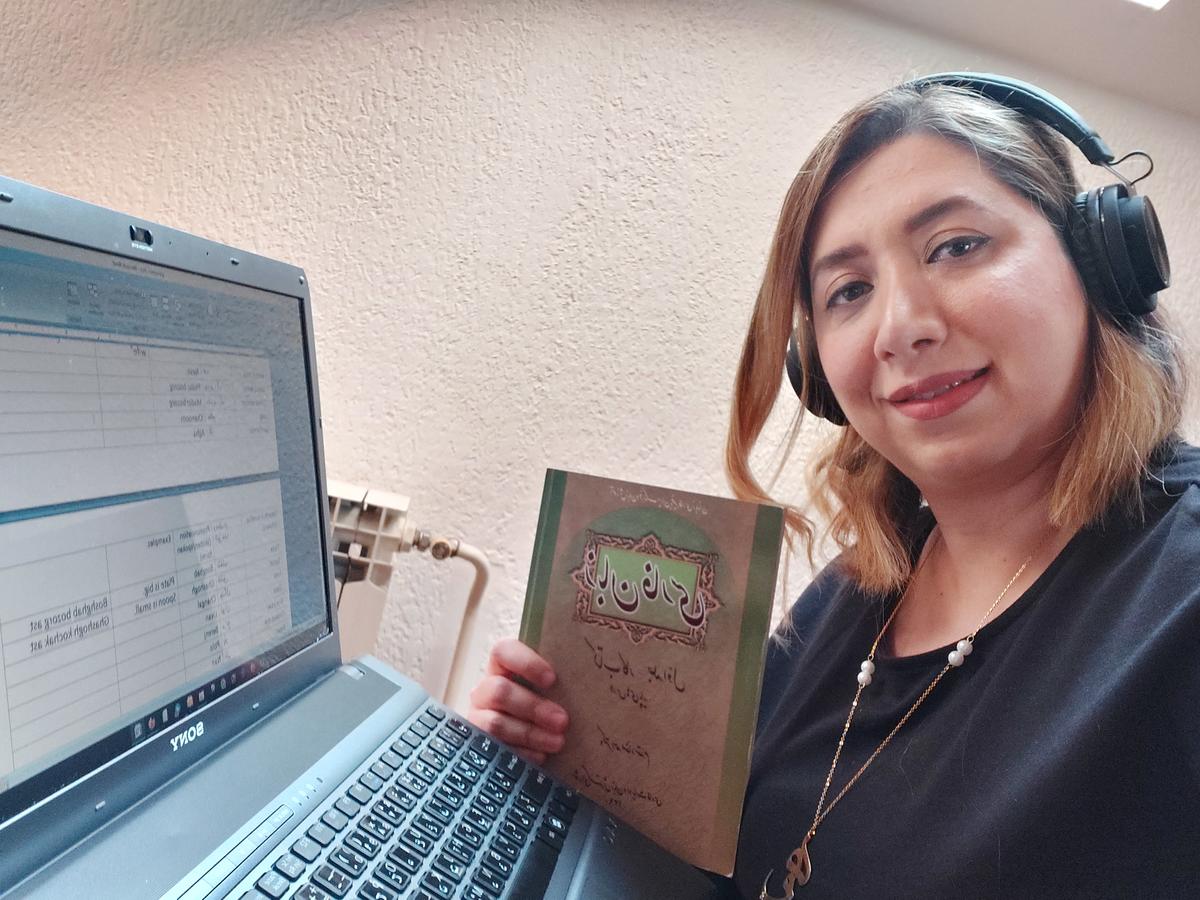Kosovo Crisis Update
Kosovo Crisis Update
High Commissioner Sadako Ogata says UNHCR and its partners face a daunting task as they resume operations in Kosovo.
In a statement made as the first multi-agency convoy rolled into the Kosovo capital, Pristina, on Sunday, Mrs. Ogata said she hoped that the resumption of humanitarian activity in Kosovo would "lead to the end of a terrible nightmare and the healing of wounds."
"The challenges facing us are enormous and to meet them we need the full support of all involved," said Mrs. Ogata.
UNHCR's return plan calls for immediate aid to an estimated half a million displaced people in Kosovo. UNHCR staff in Kosovo hope to make their first field assessment visits on Monday.
The displaced people are thought to be concentrated in Glogovac, Klina, Obilic, Orahovac, Podujevo, Srbica, Suva Reka and Vucitrn, as well as in Stimlje and Mitrovica. These areas had been the scene of heavy fighting between Serbian forces and the Kosovo Liberation Army during the past 16 months and the displaced people there are reported to be in desperate condition. The last food convoy to the area was on 22 March.
Media reports say that displaced people within Kosovo have begun to trickle back to their villages. Some returns have also been reported in Prizren even though Serbian troops have yet to complete their withdrawal from the area.
UNHCR believes that up to 500,000 refugees may return to Kosovo from Albania and the FYR of Macedonia within three to four months. Assistance programmes in the asylum countries will need to continue for the foreseeable future, and most likely through the winter.
An information campaign has been going on in camps since last week, urging people not to move back until security is assured. UNICEF has launched a major effort to use teachers to provide essential mine awareness information for refugee schools children. Mine clearance teams are beginning the huge task of trying to determine areas which may have land mines and booby traps.
Kosovo
UNHCR is planning to begin distribution of emergency aid today. The intention is to distribute relief items to displaced people in Stimlje south-west of Pristina and in Kosovska Mitrovica in northern Kosovo. Assessment teams set out for these two places early on Monday and trucks will move there as soon as it is determined that the road is safe and distribution is possible.
On Sunday, the first multi-agency convoy to Kosovo in nearly three months arrived in Pristina. The convoy included 23 trucks loaded with 250 tons of relief aid, including Humanitarian Daily Rations, or Meals Ready to Eat, wheat flour, hygienic kits, blankets, tents, plastic sheeting and bottled water. The supplies were from UNHCR, WFP and UNICEF.
Some of the supplies were offloaded at the UNHCR warehouse just outside Pristina to enable the vehicles to turn around to Skopje for reloading, but other trucks were on standby with their cargo ready to move for distribution.
A second relief convoy left Skopje on Monday morning for the 60-kilometre trip to Pristina.
Some of the several dozen UNHCR staff who are in Pristina slept at the warehouse on Sunday night. They report hearing gunfire and some loud detonations during the night and that a petrol station about 500 metres away burned.
Albania
UNHCR and other aid agencies are awaiting a signal from German troops deployed in the Prizren area before proceeding on an assessment mission to Prizren in south-western Kosovo. The German forces moved into Prizren on Sunday from Kukes, accompanied by press and one WFP/UNICEF team, but other journalists and aid workers had to turn back because Serbian forces have not completed their withdrawal and there were reports of sniper fire and tension along the road. About 200 refugees anxious to go back who had gathered at the border on Sunday evening finally also returned to camps in Kukes.
FYR of Macedonia
A small group of refugees in the FYR of Macedonia tried to cross the border into Kosovo on Saturday but got stuck in the no-man's land when they saw Yugoslav officials still manning the immigration control on the Kosovo side. They were later sent back to the camps.
On Monday morning around 60 refugee vehicles had lined up at the Blace crossing, intending to return. There were reports that a few other refugees, still in possession of Yugoslav passports, had travelled to Presevo on the regular Kumanovo to Presevo bus line.
Serbia
UNHCR staff in Kosovo saw convoys of Serbian civilians leaving the province on Sunday for Serbia proper. In addition, UNHCR's office in Podgorica reports a steady flow of civilians of Serb and Montenegrin origin arriving from Kosovo in Montenegro and proceeding mainly to friends, relatives and other host families all over the region.
UNHCR staff in the Montenegrin border town of Rozaje were informed by authorities there that around 900 Serbian civilians arrived on Thursday, 1,600 on Friday and 1,900 on Saturday.
The Montenegrin government's Commissioner for Displaced Persons has confirmed that these people will be assisted on the same basis as others displaced from Kosovo.
There has been no official report on the number of Serbs who have left Kosovo. The UNHCR office in Belgrade hopes to be able soon to assess the situation in the area of Nis in central Serbia where many of these people are reported to be arriving.
UNHCR is extremely worried that the peace in Kosovo may be starting with a new exodus, that of Serbian civilians, and hopes the KFOR deployment will provide the necessary security for all civilians to remain in and return to their homes.
UNHCR-IOM Humanitarian Evacuation Programme
A total of 1,769 refugees left the FYR of Macedonia under the UNHCR-IOM humanitarian evacuation programme - 755 on Friday, 158 on Saturday and 856 on Sunday. The overall count is 84,450.
UNHCR is currently reviewing the evacuation programme in the light of the peace agreement on Kosovo, in consultation with concerned governments.









